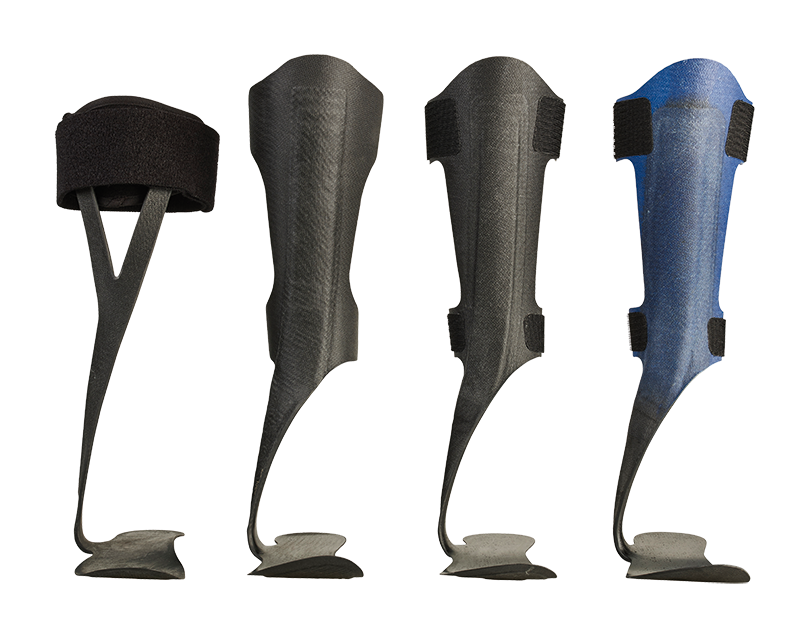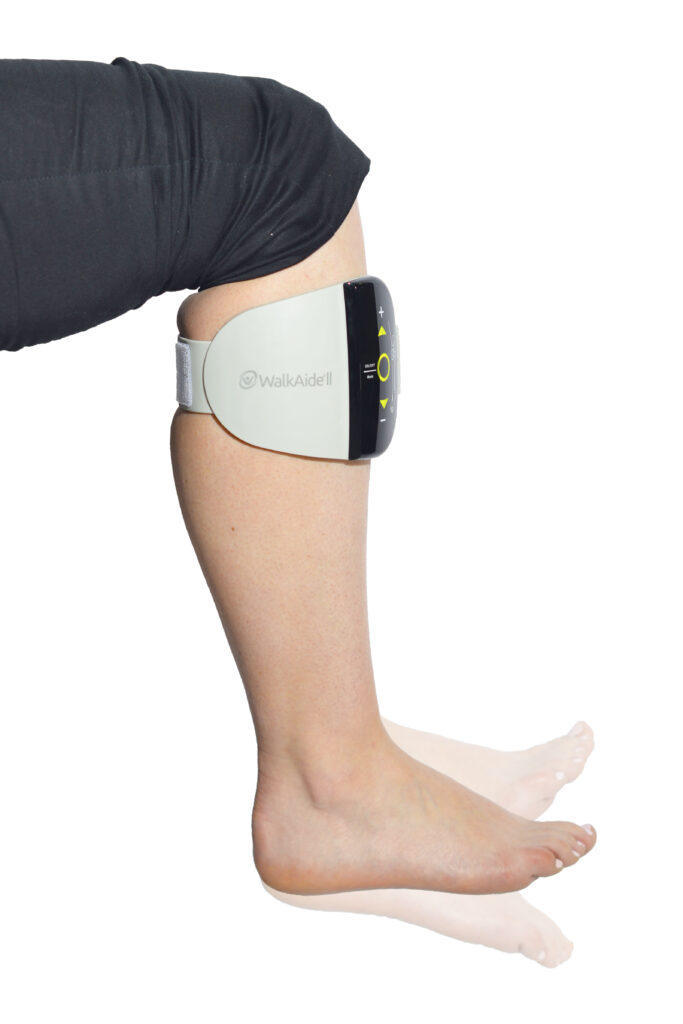Foot Drop Causes & Solutions
Have you ever been out and about and noticed someone dragging their foot? As orthotists, it is a condition we regularly treat in our clinics as there are so many different causes. Luckily, there are many treatment options available.
Foot drop describes the inability to raise the foot due to weakness caused by varying conditions which we’ll explain in this article. For individuals with this weakness in the foot, visually you may see the foot drag and unfortunately this can lead to trips and falls.
On a positive note, there are so many solutions for foot drop that no one should have to struggle! With these in mind, everyone should be able to take each step with confidence and without the risk of tripping over.
Causes
Foot drop can affect either one or both feet depending on the underlying problem and can be either temporary or permanent based on the condition causing the foot drop.
Neurological conditions such as Multiple Sclerosis, Stroke, Cerebral Palsy, Polio and motor neuron disorders often result in muscular weakness affecting the strength in the lower limbs.
Injury to the spinal cord from trauma or spinal degeneration can also result in foot drop as the nerve that sends the message to pick the foot up may have been damaged and can no longer perform the action. If significant trauma has occurred this foot drop may be permanent. Sometimes following lower back surgery some individuals may experience some weakness in their legs resulting in foot drop, luckily our bodies can often heal those potentially damaged nerves and over the period of a few months, the foot drop has the potential to resolve.
A not so commonly known cause but an extremely important one is Diabetes, formally know as Diabetic Neuropathy. Nerve damage can arise from poorly managed diabetes and chronically high levels of blood sugar. Over time, Diabetic Neuropathy causes damage to the nerves including those that pick the feet up, again resulting in drop foot. Unfortunately, damage caused by Diabetic Neuropathy can not be reversed.
Treatment and Orthotic Intervention

Ankle Foot Orthoses (AFO)
A device commonly prescribed for individuals with foot drop is called an Ankle Foot Orthosis (AFO). These can be either custom made or off the shelf and can be made of different materials depending of the function required. (Click here for our AFO-Patients Guide)
As technology has improved over time, so too has the materials that AFOs are made of. Some individuals may still use traditional plastic AFOs to manage their foot drop. Some more commonly used AFOs nowadays include AFOs that are made from carbon fibre. These types of AFOs (like the ToeOff) are extremely lightweight but also have some flexibility in them as opposed to being fixed or rigid. This flexibility allows the AFO to move and store energy, like a spring that is compressed when the pressure is released or as the weight is taken off the foot, the AFO actually helps to push the individual forward to take a step. There is still enough strength in the AFO to prevent the foot from dropping – individuals frequently note how natural their gait feels when using this type of device!
 WalkAide Foot Drop FES Device
WalkAide Foot Drop FES DeviceFunctional Electrical Stimulation (FES) Devices
For some individuals who have foot drop caused by an upper motor neuron lesion such as Multiple Sclerosis, Cerebral Palsy, Stroke, or ABI, there are devices that use Functional Electrical Stimulation (FES) to stimulate the nerve when walking.
This stim will pick the foot up at the exact point whilst walking to prevent foot drop, amazing right! These devices require the user to only wear a cuff that sits just above the calf muscle rather than wearing a brace and a shoe. This gives the individual freedom to wear different shoes or walk barefoot, even allowing you to put your toes in the sand and walk in the water as they can be splash resistant.
There are so many more styles of AFOs and it is always best to have an assessment with a qualified orthotist so that the right brace can be prescribed for each individual.
At oapl we can help you navigate different funding options including the NDIS, SWEP, DVA, TAC or any other third-party funders. For more information, call us on 1300 866 275.
Photo by Andrea Piacquadio from Pexels